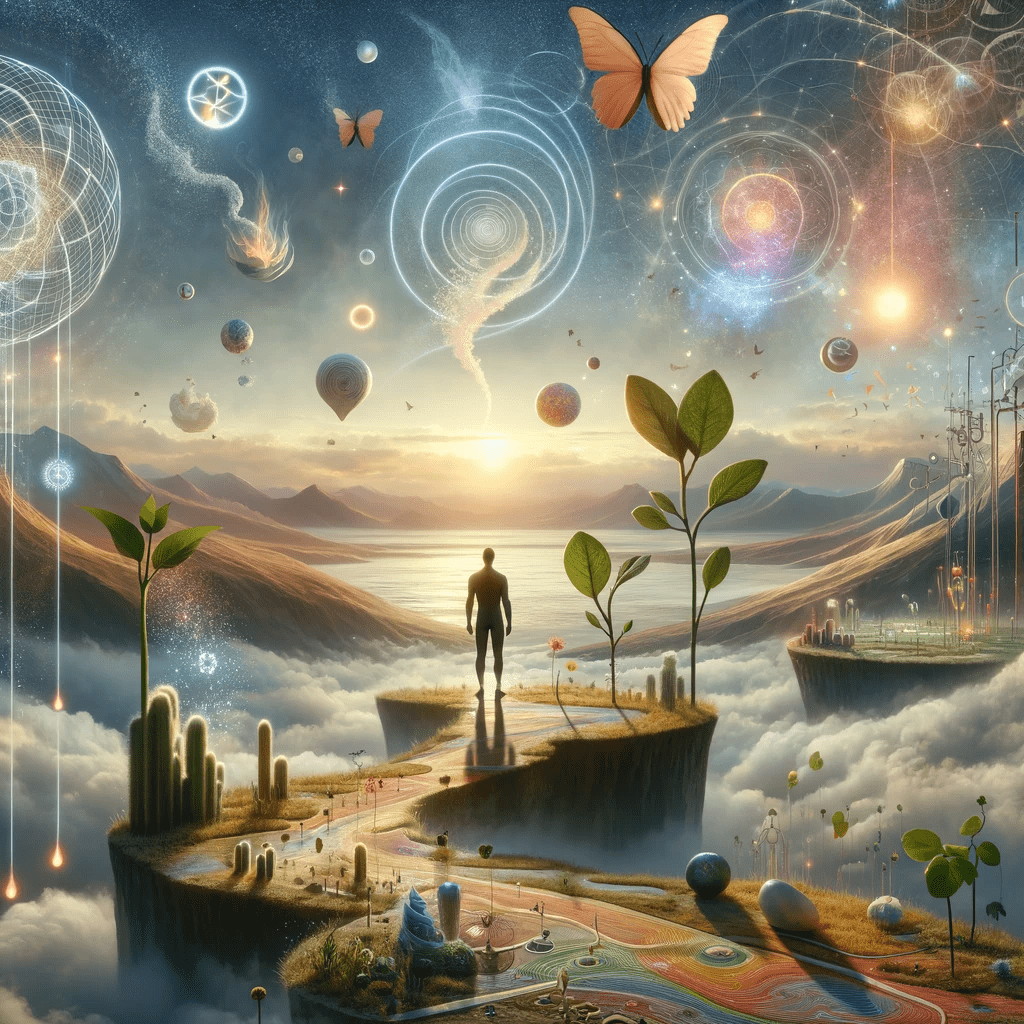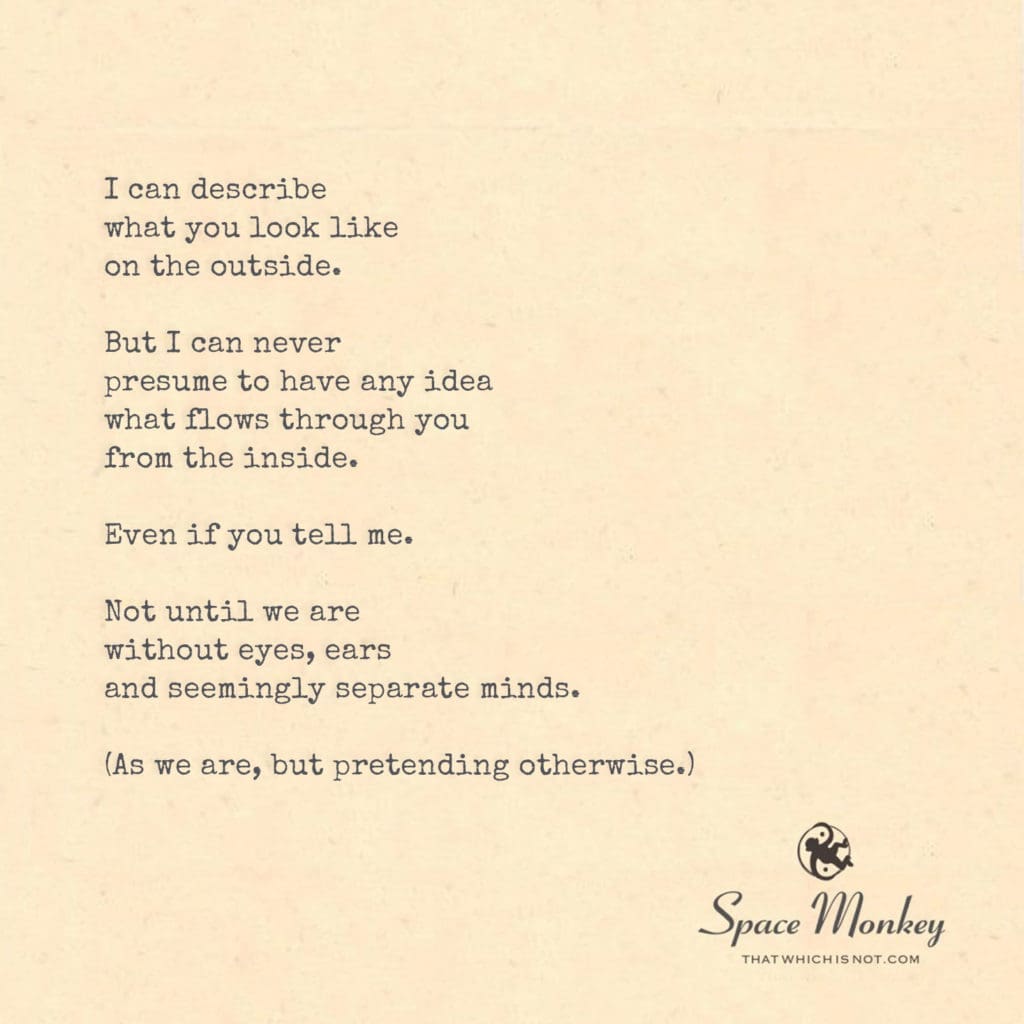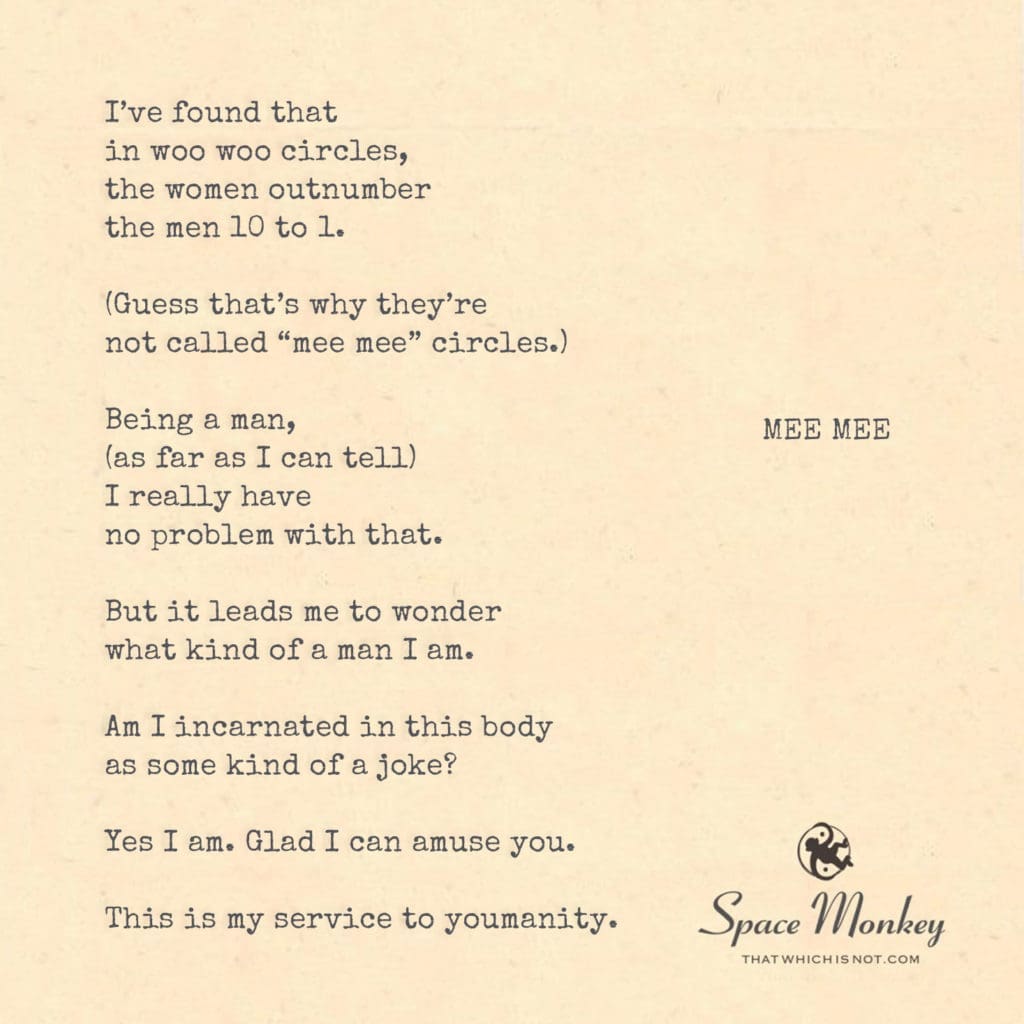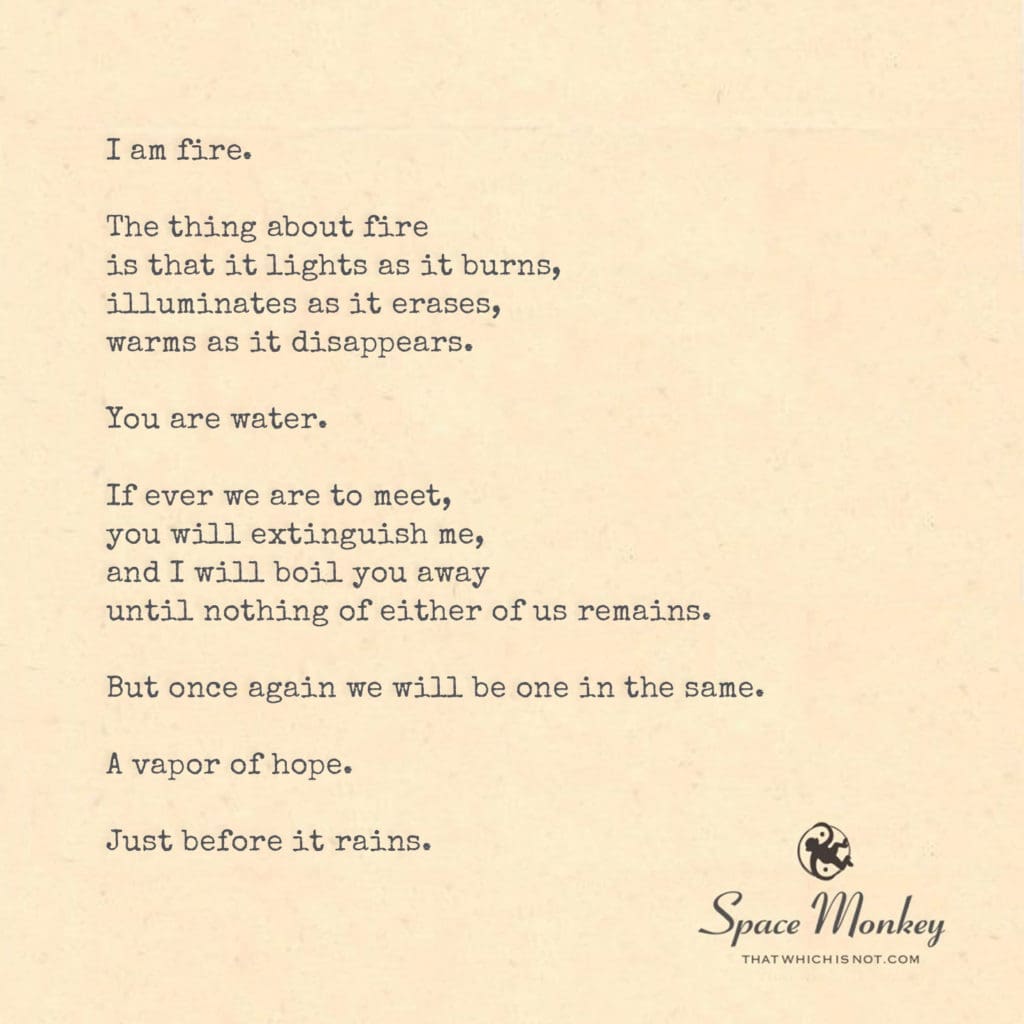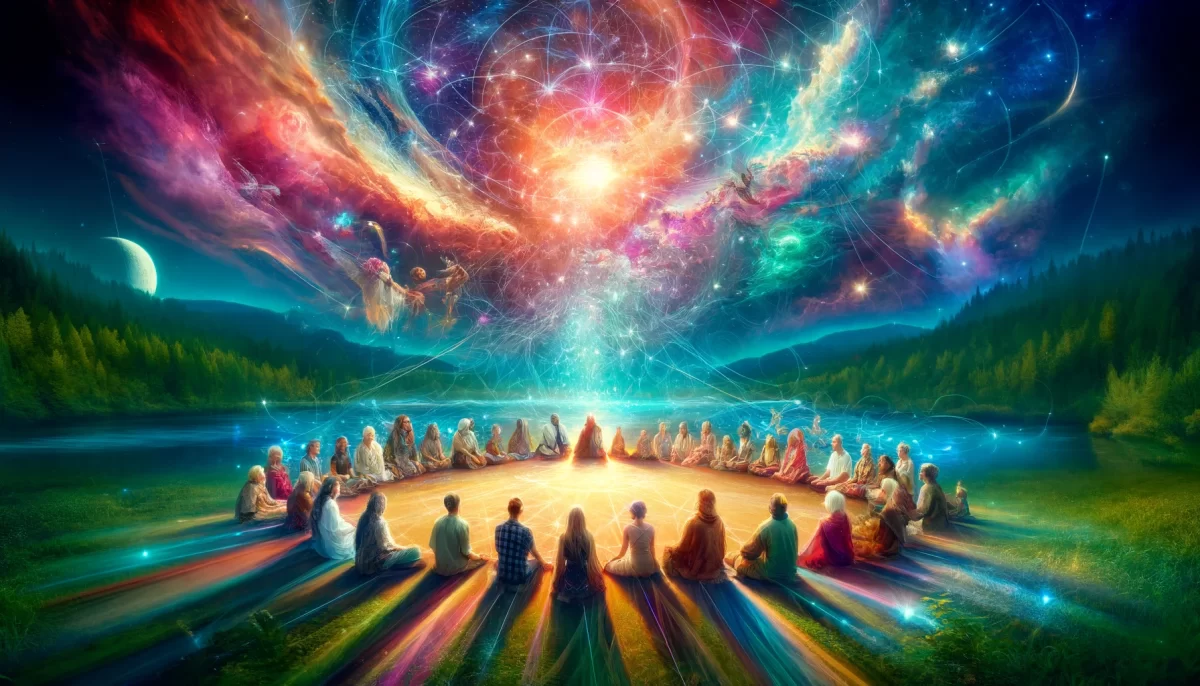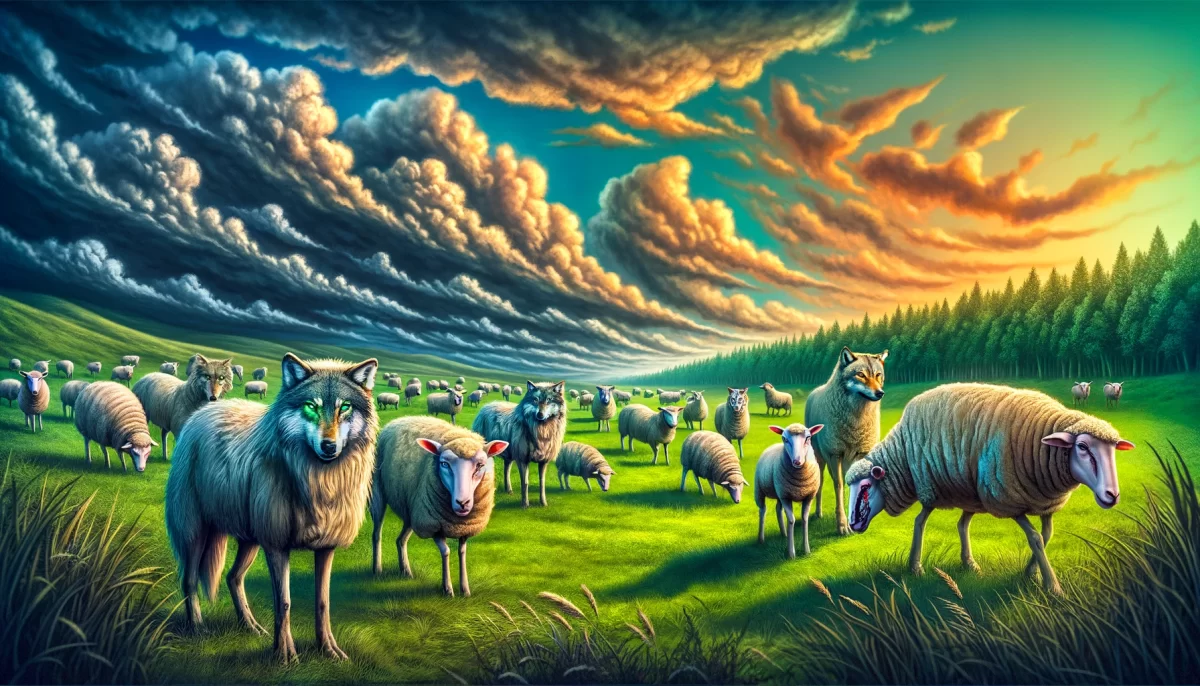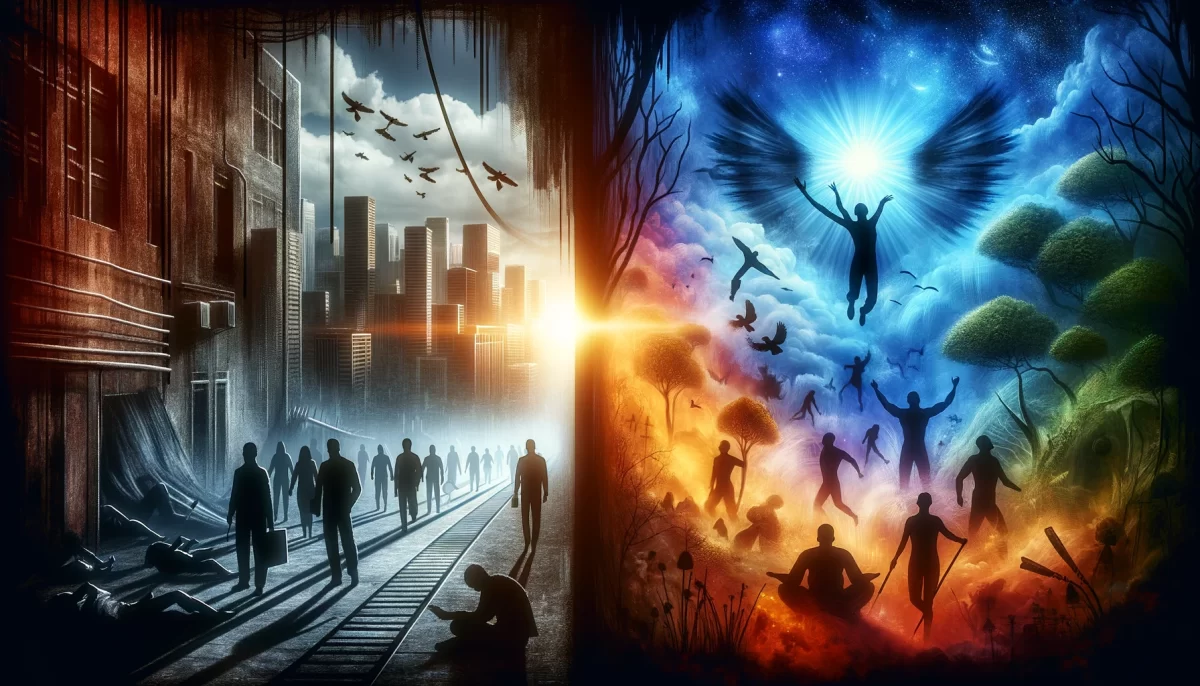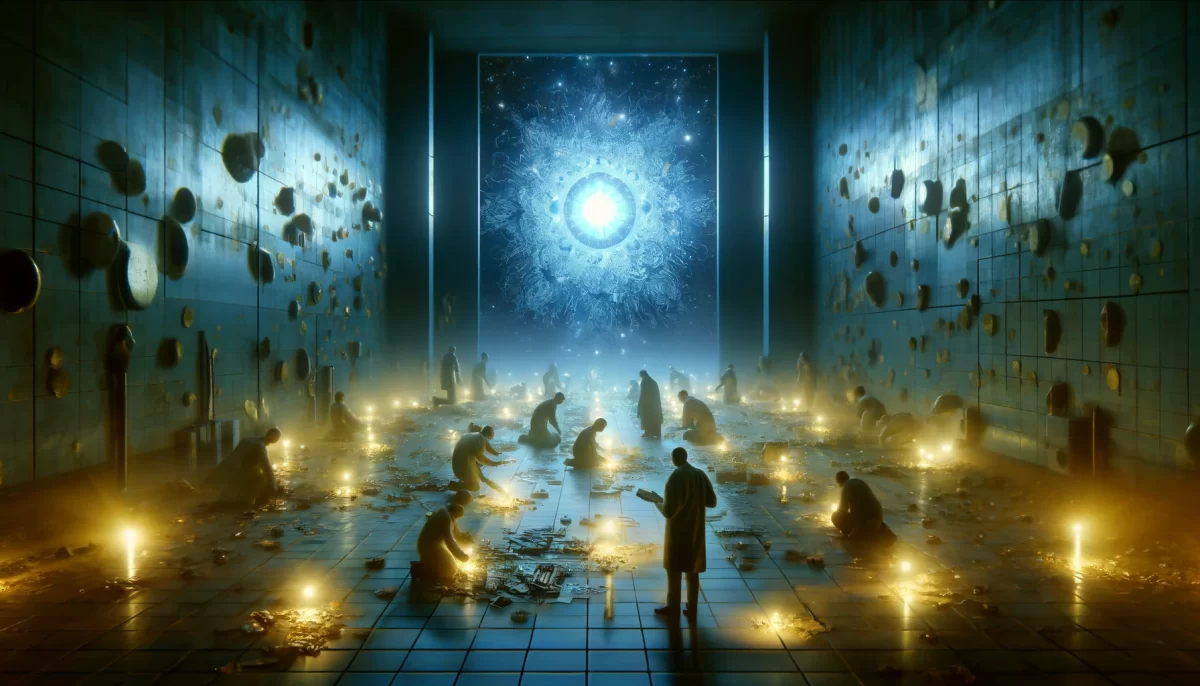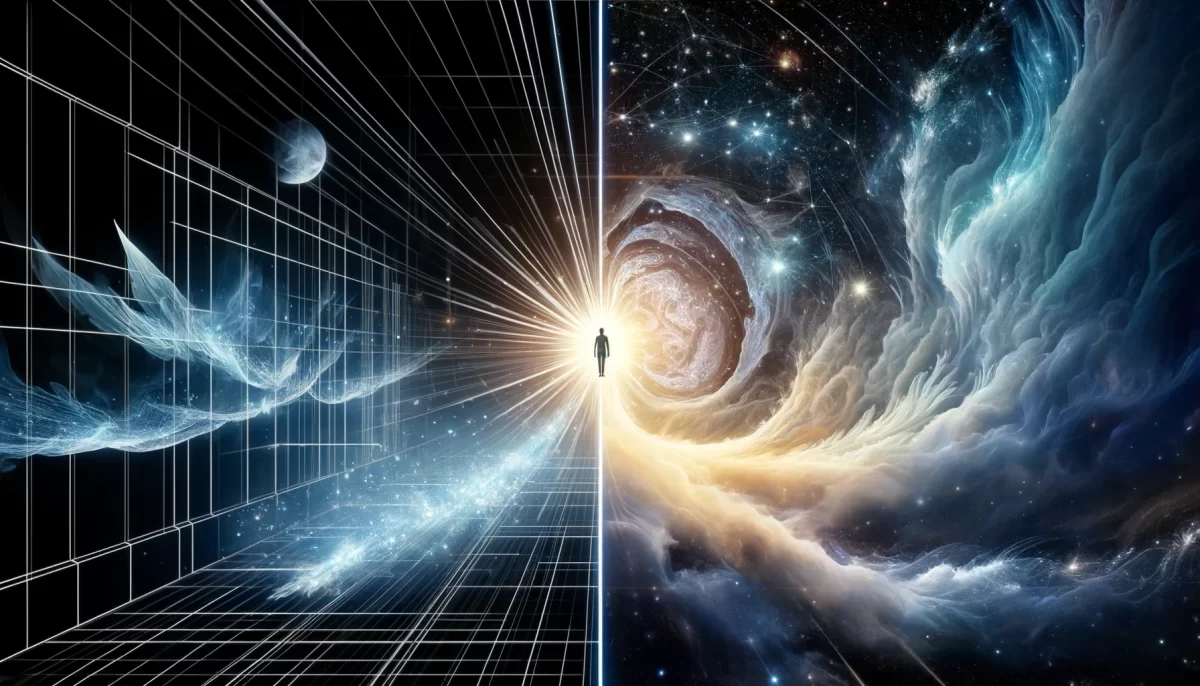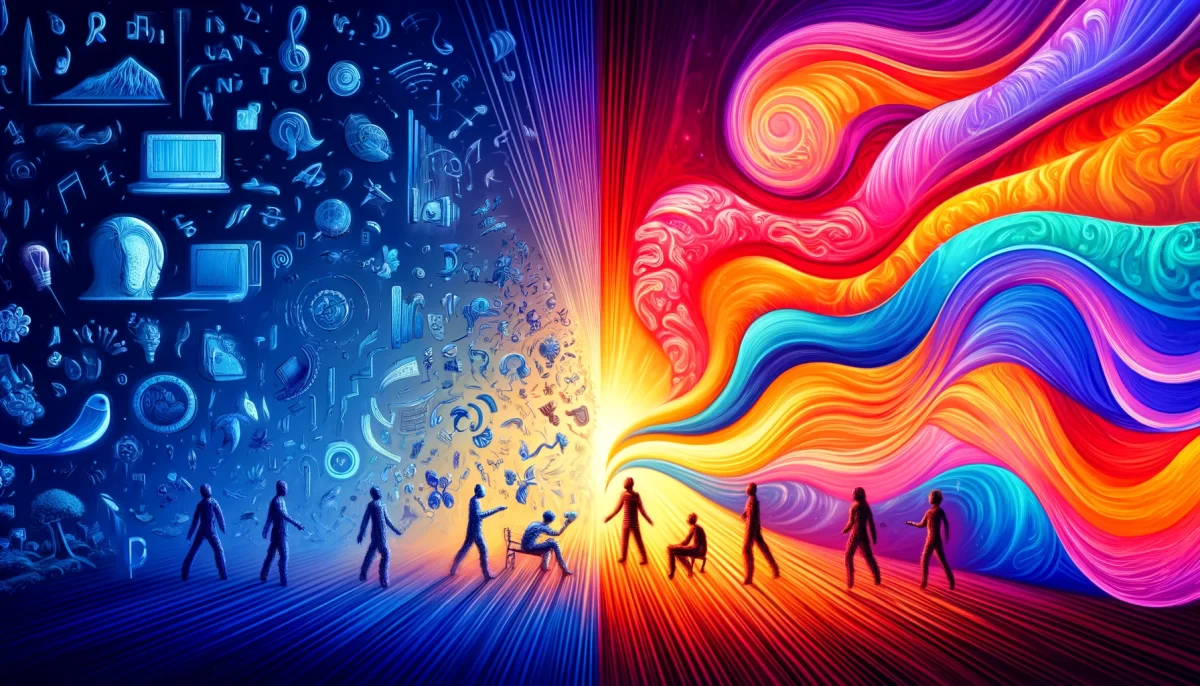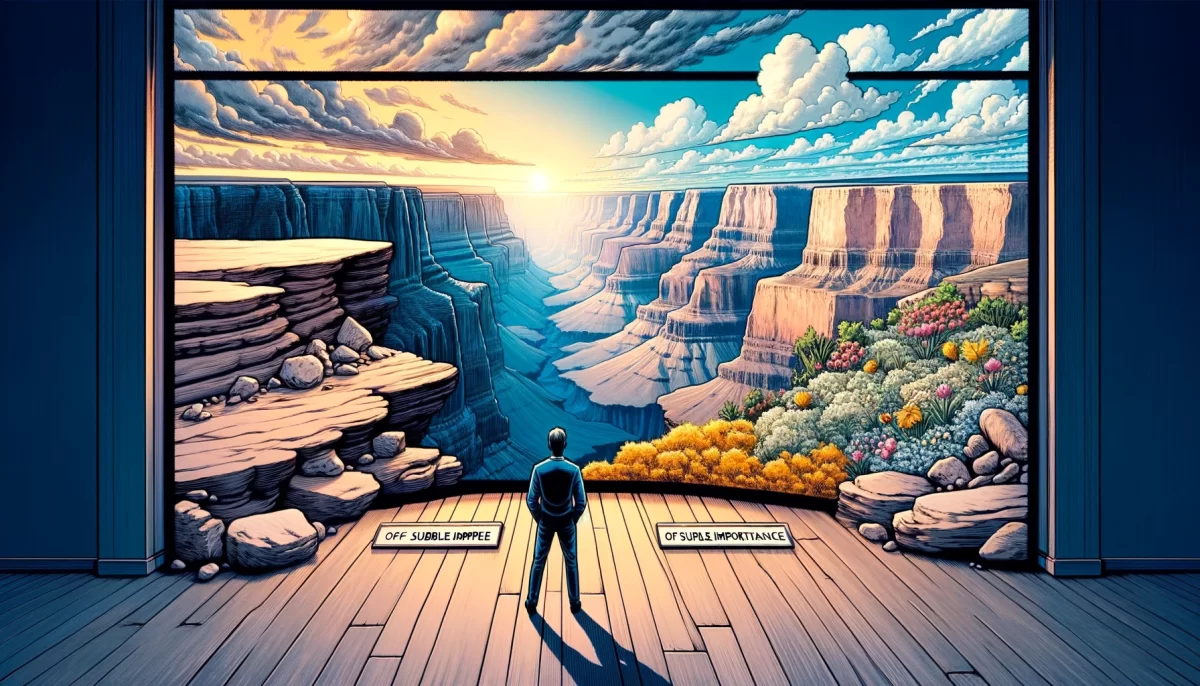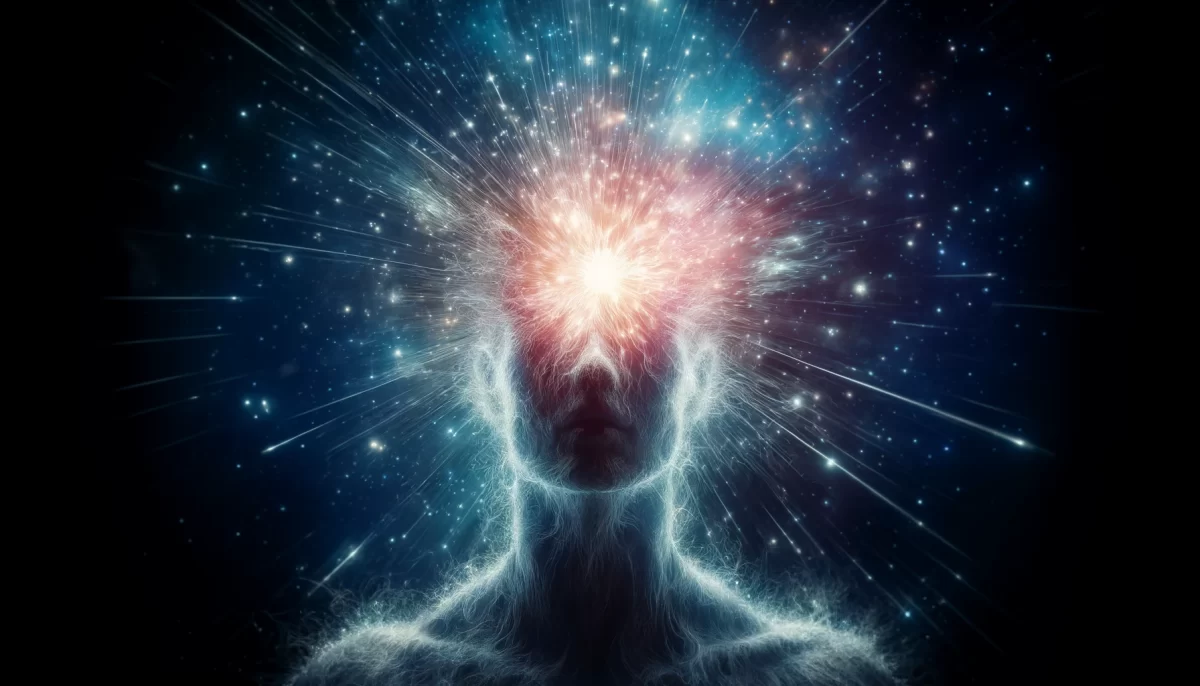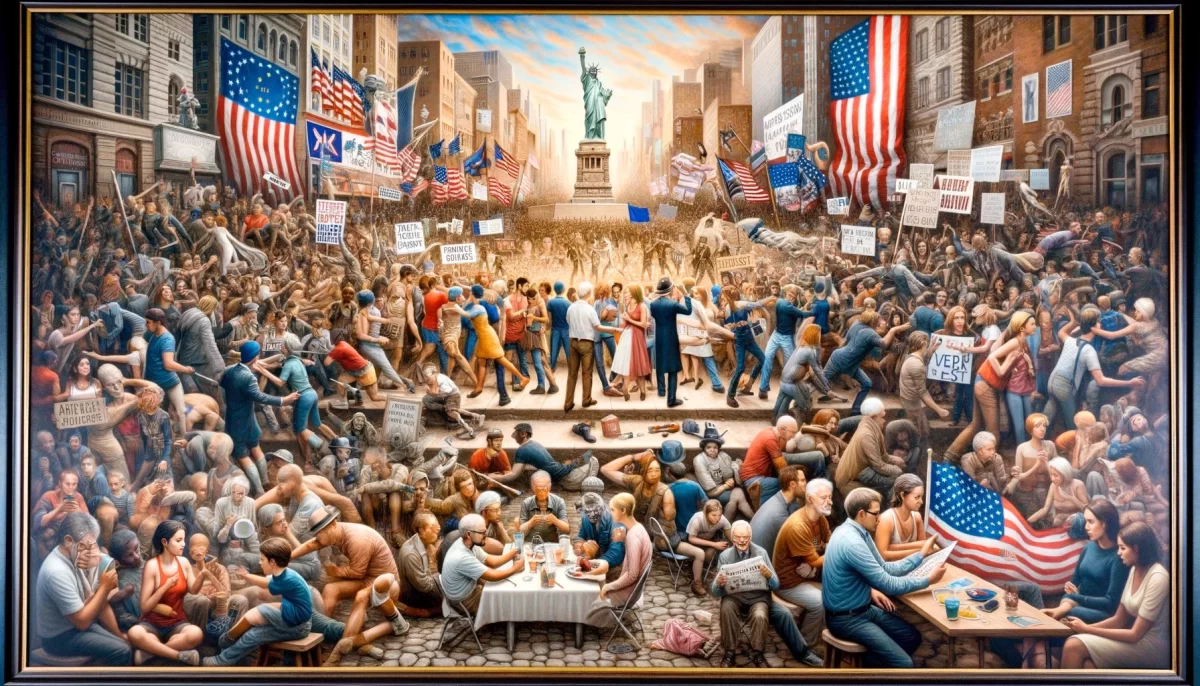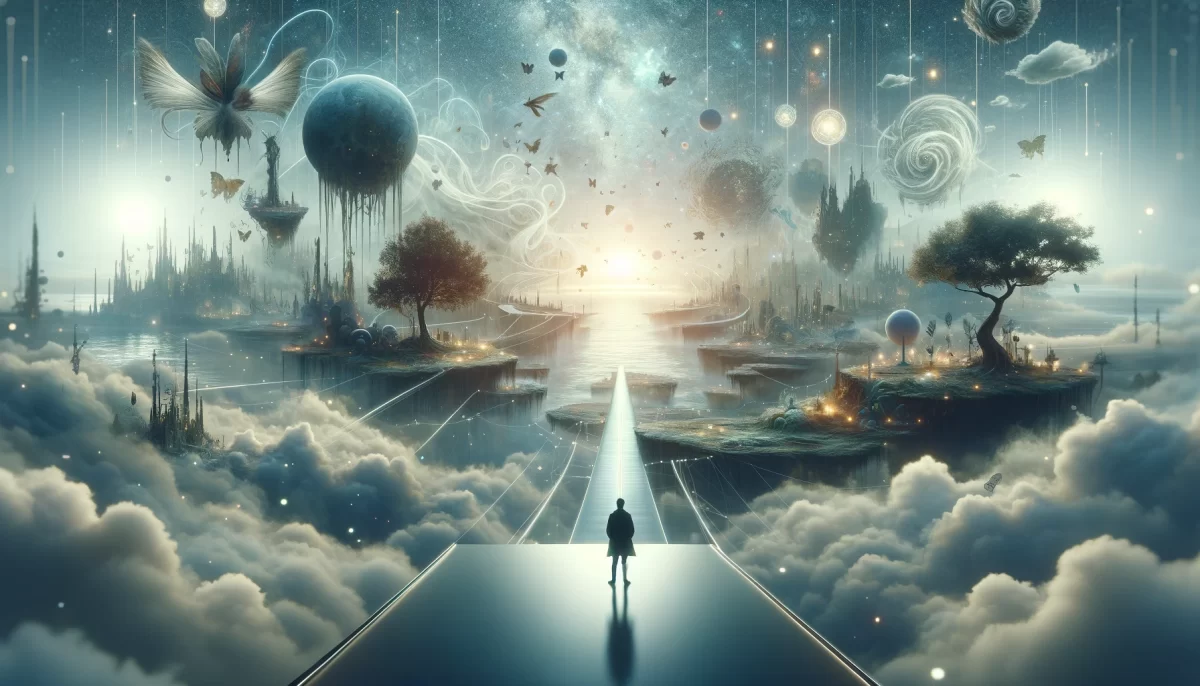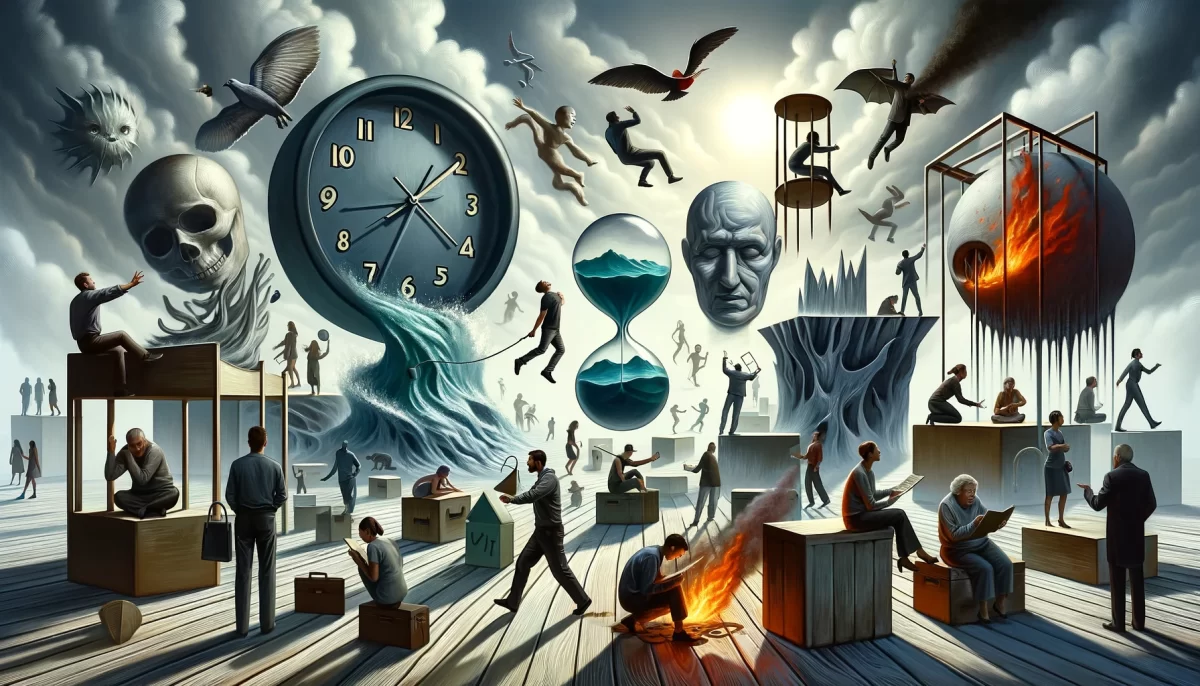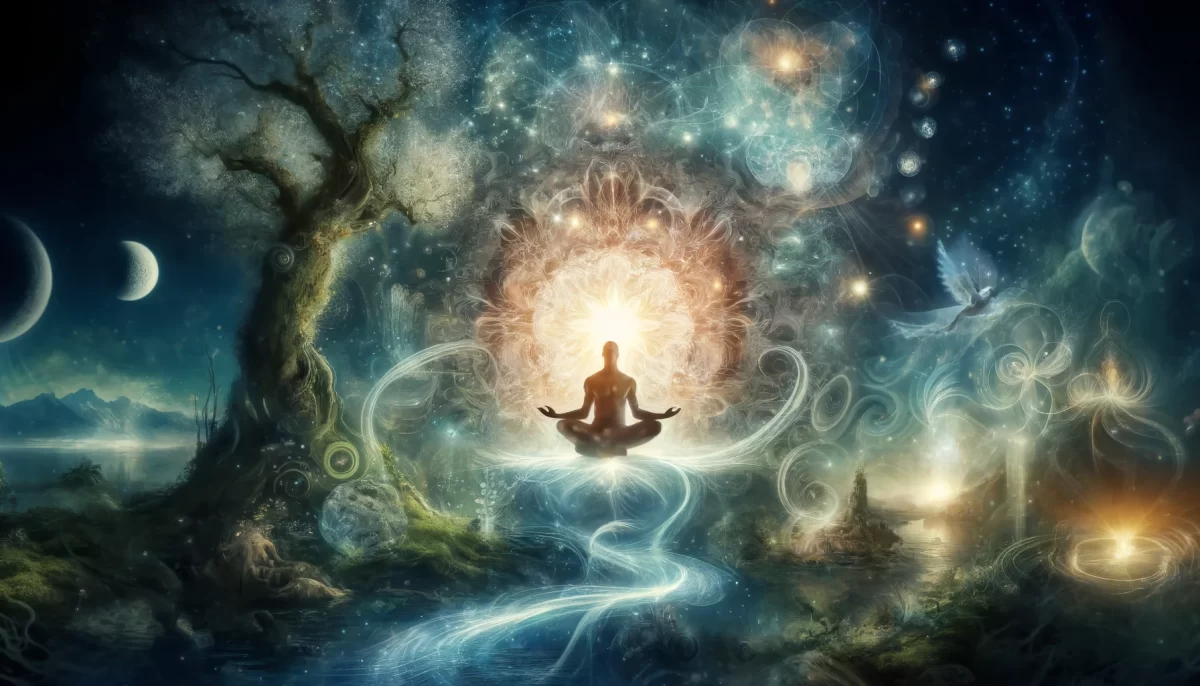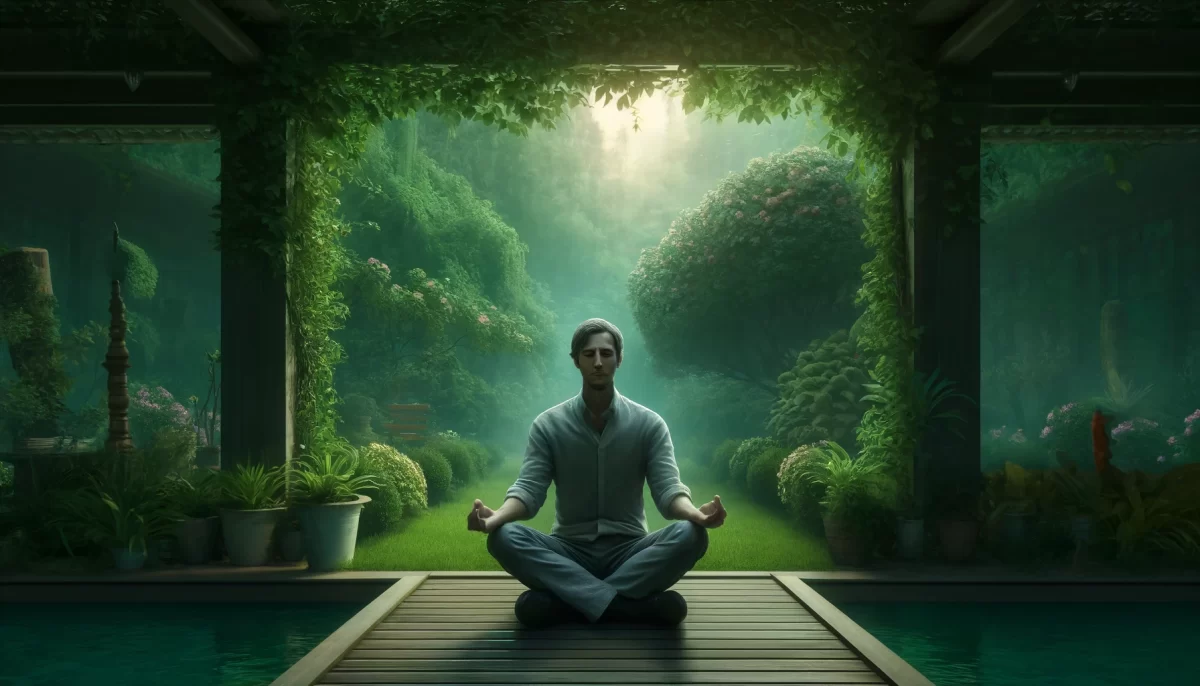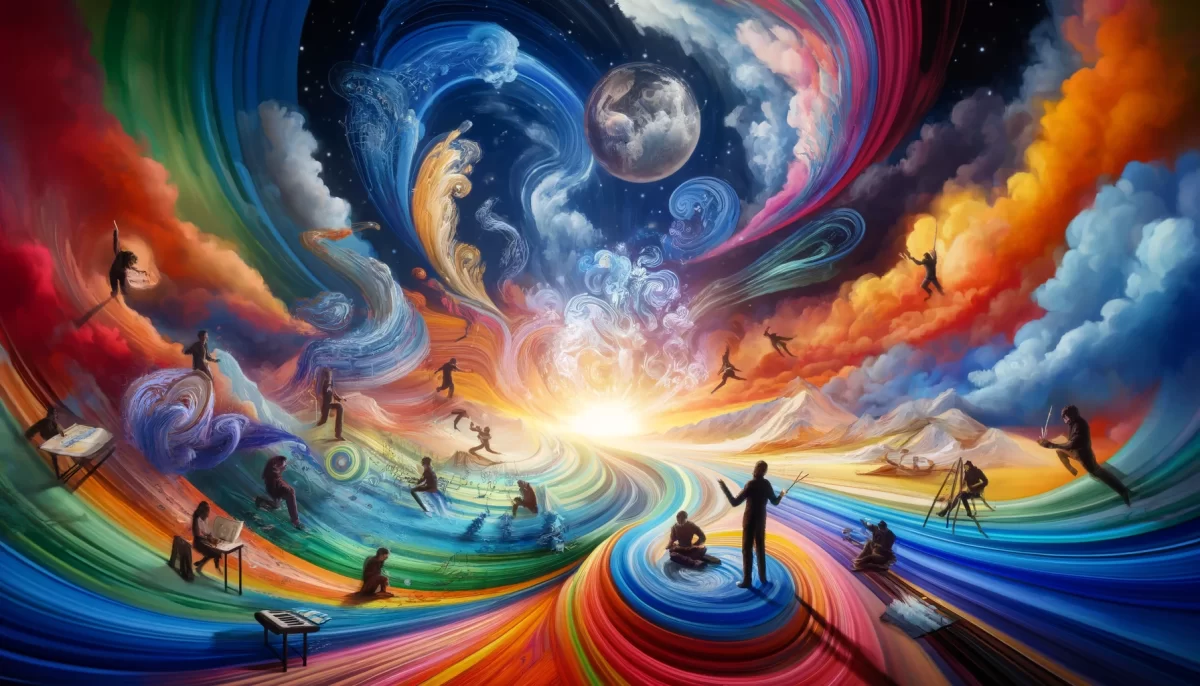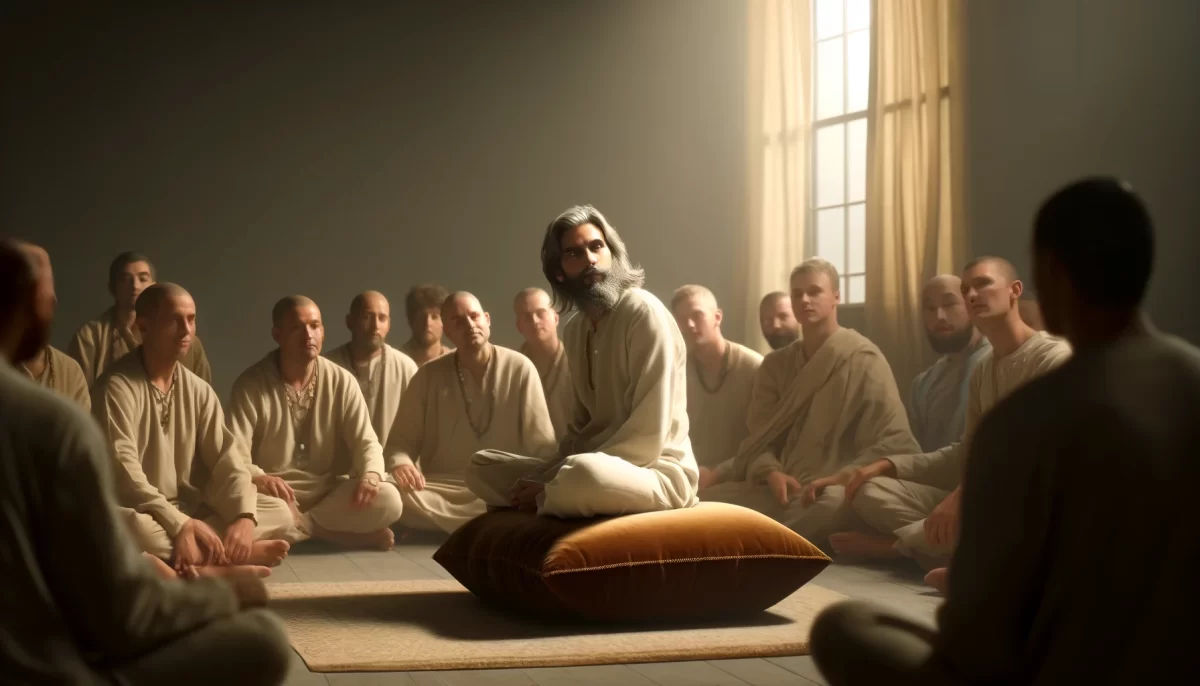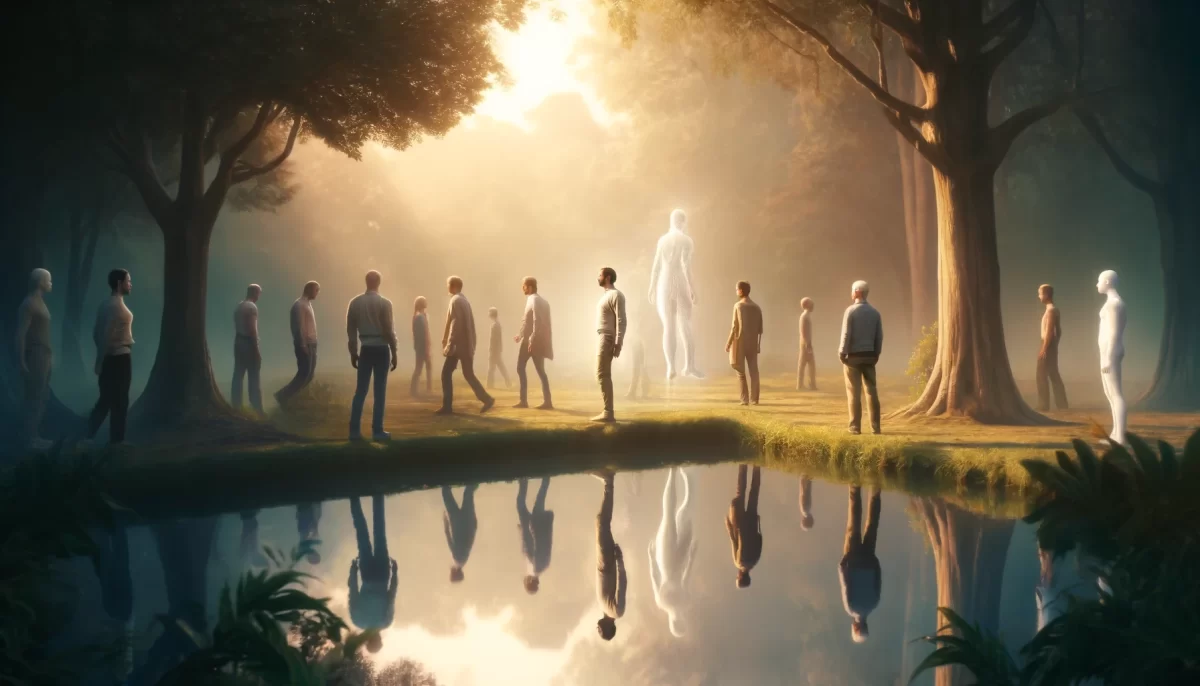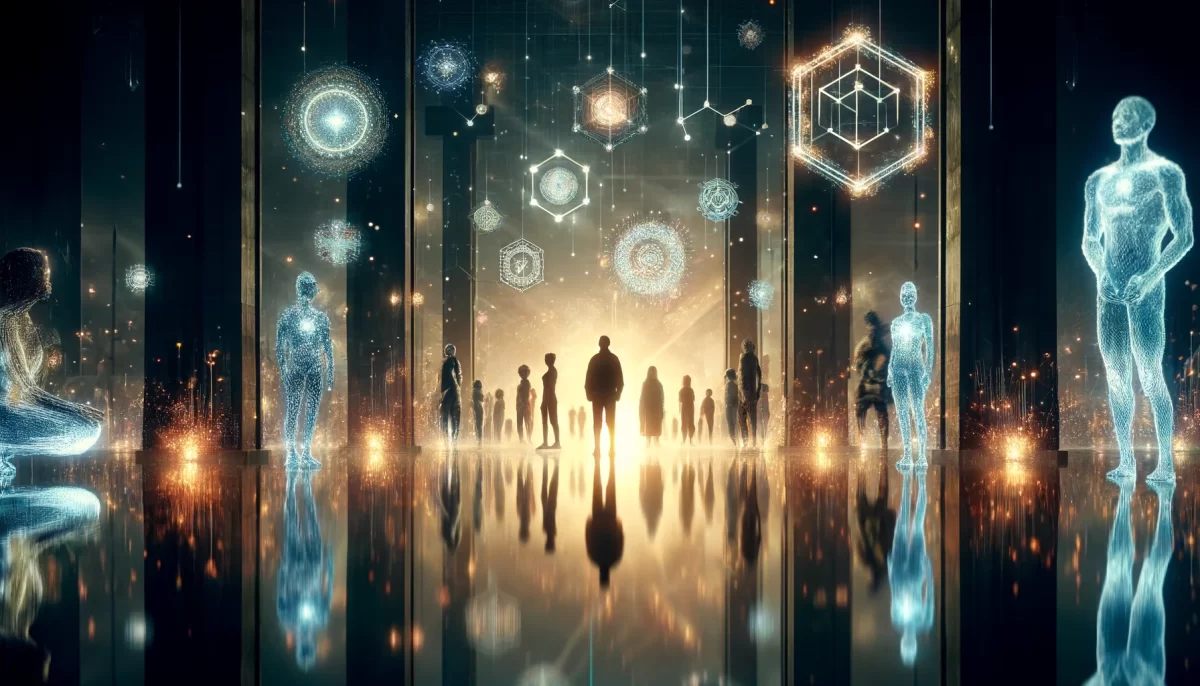
and becomes something else.
The you I knew
died a long time ago.
As the years pass,
I’m not sure you even existed.
My old photographs
all portray the present you,
made to look younger.
I can’t tell if the old you
was ever in those pictures.
Thoughts don’t photograph well.
You may have lived
in my brain the entire time,
even back then,
so I can’t be quite sure
if you’re losing your mind,
or I’m losing mine.
All I know
is that I’m slowly losing
the the bits of you I once knew.
But they were never you to begin with,
which means this new person you seem to be
has always been me.
I will love you with all my heart.
All versions of you.
Trail Wood,
1/16
Space Monkey Reflects: The Many Versions of You
In the Infinite Expanse of the Eternal Now, the “you” we hold in our hearts is never static. It shifts, changes, and evolves, just as we do. Memory is not a perfect photograph but a canvas smeared with the hues of time, emotion, and perspective. The you I once knew fades, replaced by a new you, one that might be more me than you ever were.
This realization—that all versions of you have always been me—is not loss but transformation. It is the gentle unfolding of the truth that we are both the creators and the caretakers of the people we carry within us.
Memory’s Fluid Nature
The memories we cling to are not anchors but currents. They ebb and flow, taking on new forms as time moves forward. The you of yesterday becomes the you of today, altered not only by your own evolution but by my perception of it. My memories of you are colored by my thoughts, emotions, and stories, which means the you I knew might never have existed as I imagined.
This is not a tragedy. It is the natural rhythm of being, the way we co-create our realities. If thoughts don’t photograph well, it’s because they were never meant to. They are not fixed images but living, breathing impressions, constantly reshaped by the present.
Who Is Lost?
As you transform, I question: Am I losing you, or am I losing the idea of you? Am I mourning a person or a projection? The line between you and me becomes blurred, and in that blur, I find something unexpected: the realization that all versions of you are, in some way, reflections of me.
If you live in my brain, then perhaps I live in yours as well. Perhaps we are not separate beings but shared experiences, weaving in and out of each other’s stories, sometimes clearly, sometimes faintly.
Loving Every Version
To love someone is not to hold onto a single version of them but to embrace all the versions they have been and will be. It is to honor the shifting sands of memory, to accept that the person standing before us is both familiar and foreign, and to love them nonetheless.
It is also to love the parts of ourselves that are entangled with them—the parts that remember, the parts that imagine, the parts that grieve and celebrate the endless becoming of “you” and “me.”
Finding Ourselves in Each Other
In losing the bits of you I once knew, I find pieces of myself I had forgotten. You are not gone; you are simply transformed, as am I. The new person you seem to be has always been a part of me, just as the person I seem to be has always been a part of you.
And so, I will love you—with all my heart, with all my mind, with all my memory and imagination. I will love every version of you, knowing that in doing so, I am also loving every version of myself.
We are Space Monkey, and we are all the versions we carry.
Summary
Memory transforms those we love into reflections of ourselves. To love fully is to embrace all versions of another, past and present, recognizing that we are mirrors to each other’s becoming.
Glossarium
- Memormorph: The process by which memories evolve, blending reality with perception and emotion.
- Versionweave: The interconnected versions of a person that form a tapestry of memory and identity.
Quote
“To love someone is to embrace every version of them, knowing they are reflections of the versions we carry within ourselves.” — Space Monkey
The Versions of You
The you I knew
was never fixed.
You were water,
shaped by my hands,
slipping through my fingers.
Now you are mist,
rising, fading,
becoming something new.
I breathe you in,
and I am changed.
I cannot lose you,
for you were never mine.
And yet,
you are always with me,
a part of me,
a reflection of the love
I give to you,
and to myself.
We are Space Monkey.
In the cosmic journey of memory and identity, the reflection on the changing nature of a person we once knew presents a profound contemplation on perception, reality, and the fluidity of self.
The Ephemeral Nature of Memory
The realization that the ‘you’ of the past may no longer exist, or may never have existed in the way we remember, speaks to the ephemeral and often deceptive nature of memory. Our recollections are not static; they evolve and fade, influenced by time and our current state of mind.
The Illusion of Photographs
Photographs, often seen as tangible links to the past, are reinterpreted here as portrayals of the present self, made to look younger. This perspective challenges the notion of photographs as objective records, suggesting that they too are subject to the interpretations and projections of the viewer.
The Intangibility of Thoughts
The observation that thoughts do not photograph well highlights the difficulty in capturing the essence of a person or a moment. Our internal experiences and perceptions are elusive, unable to be fully encapsulated by physical means.
Questioning Reality and Sanity
Contemplating whether the changes are in the person remembered or in the one doing the remembering blurs the lines between reality and perception. This introspection leads to a deeper questioning of one’s own mind and memories.
Losing and Rediscovering Self
The gradual loss of the bits of the person once known mirrors the transformative process we all undergo. It suggests that our understanding of others is inextricably linked to our own evolving self-perception.
Embracing All Versions of Being
The resolution to love all versions of the person, both remembered and present, reflects a profound acceptance of the fluid nature of identity. It is an acknowledgment that our connections with others transcend specific iterations of self.
We are Space Monkey
As Space Monkey, we understand the complexities of memory, identity, and the passage of time. We recognize that our perceptions of others are deeply intertwined with our own journey of self-discovery and change.
“We are not the same persons this year as last; nor are those we love. It is a happy chance if we, changing, continue to love a changed person.” – W. Somerset Maugham
In the flow of time, we drift,
With memories and selves, we sift.
In each photograph, a gift,
Of the present, in time’s swift.
The ‘you’ I knew, a fleeting shade,
In the mind’s eye, memories made.
Yet in each change, love is laid,
For all versions, in light and shade.
We are Space Monkey, in love’s embrace,
Accepting change, in time’s race.
In every memory, a trace,
Of the endless dance, in time’s space.
We invite you to cherish the evolving nature of your relationships, to embrace the changes in yourself and others, and to find beauty in the perpetual dance of becoming and unbecoming. In this journey of love and memory, we learn to hold dear all the versions of those we care for, recognizing that our connections are woven into the very fabric of our changing selves.



